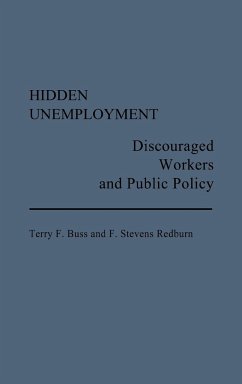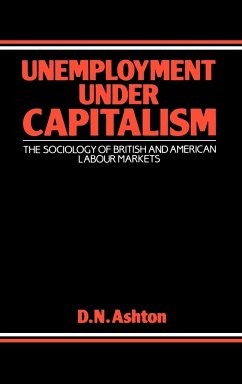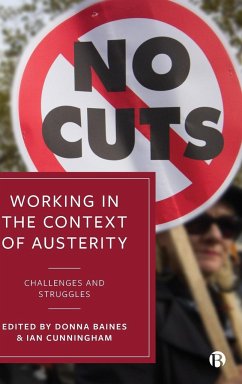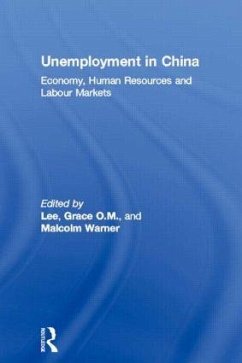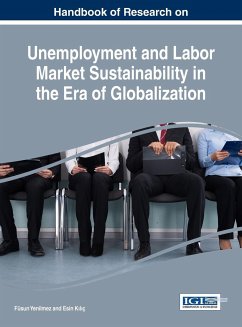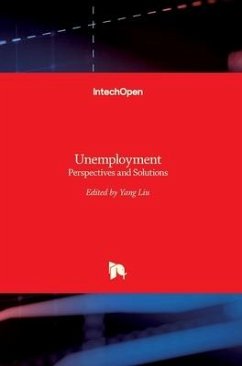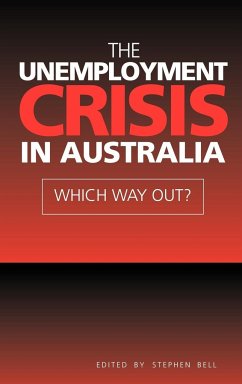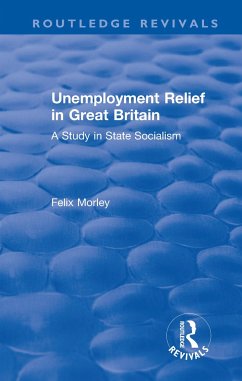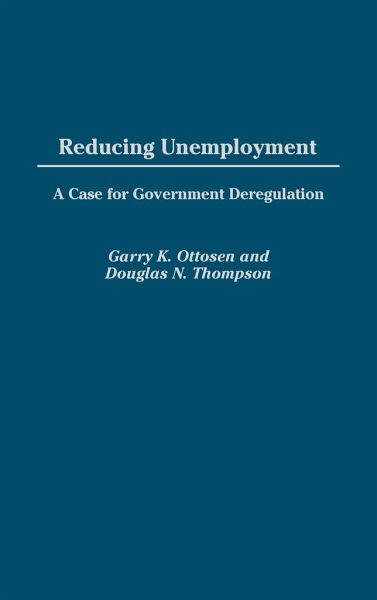
Reducing Unemployment
A Case for Government Deregulation
Versandkostenfrei!
Versandfertig in 1-2 Wochen
72,99 €
inkl. MwSt.

PAYBACK Punkte
36 °P sammeln!
Unemployment costs the United States at least $400 billion per year in lost output. This number does not begin to add up the total costs of unemployment that include many serious social problems like increased divorce and crime rates. If unemployment costs so much, why don't we simply pump up demand and push the unemployment rate down? The answer lies in the relationship between inflation and unemployment: we simply cannot push unemployment below the rate that is compatable with stable inflation. Must we, then, just live with unemployment? No. But to understand how we can reduce unemployment, ...
Unemployment costs the United States at least $400 billion per year in lost output. This number does not begin to add up the total costs of unemployment that include many serious social problems like increased divorce and crime rates. If unemployment costs so much, why don't we simply pump up demand and push the unemployment rate down? The answer lies in the relationship between inflation and unemployment: we simply cannot push unemployment below the rate that is compatable with stable inflation. Must we, then, just live with unemployment? No. But to understand how we can reduce unemployment, we must understand the nonaccelerating inflation rate of unemployment (NAIRU). What determines the level of the NAIRU? Has that level increased? Can we reduce the current NAIRU? These are important questions addressed in Reducing Unemployment Ottosen and Thompson argue that the NAIRU has increased significantly over the past 30 years. Many blame structural unemployment for that increase. Others have argued that increases in social welfare programs and payments are to blame. But hardly anyone has examined the effects of increasing government regulations on the NAIRU. Reducing Unemployment remedies this oversight, and also looks at the effects of unionization and productivity on the NAIRU. The authors conclude that the United States does not have to tolerate a high unemployment rate, for the NAIRU can be reduced through appropriate government deregulation.



